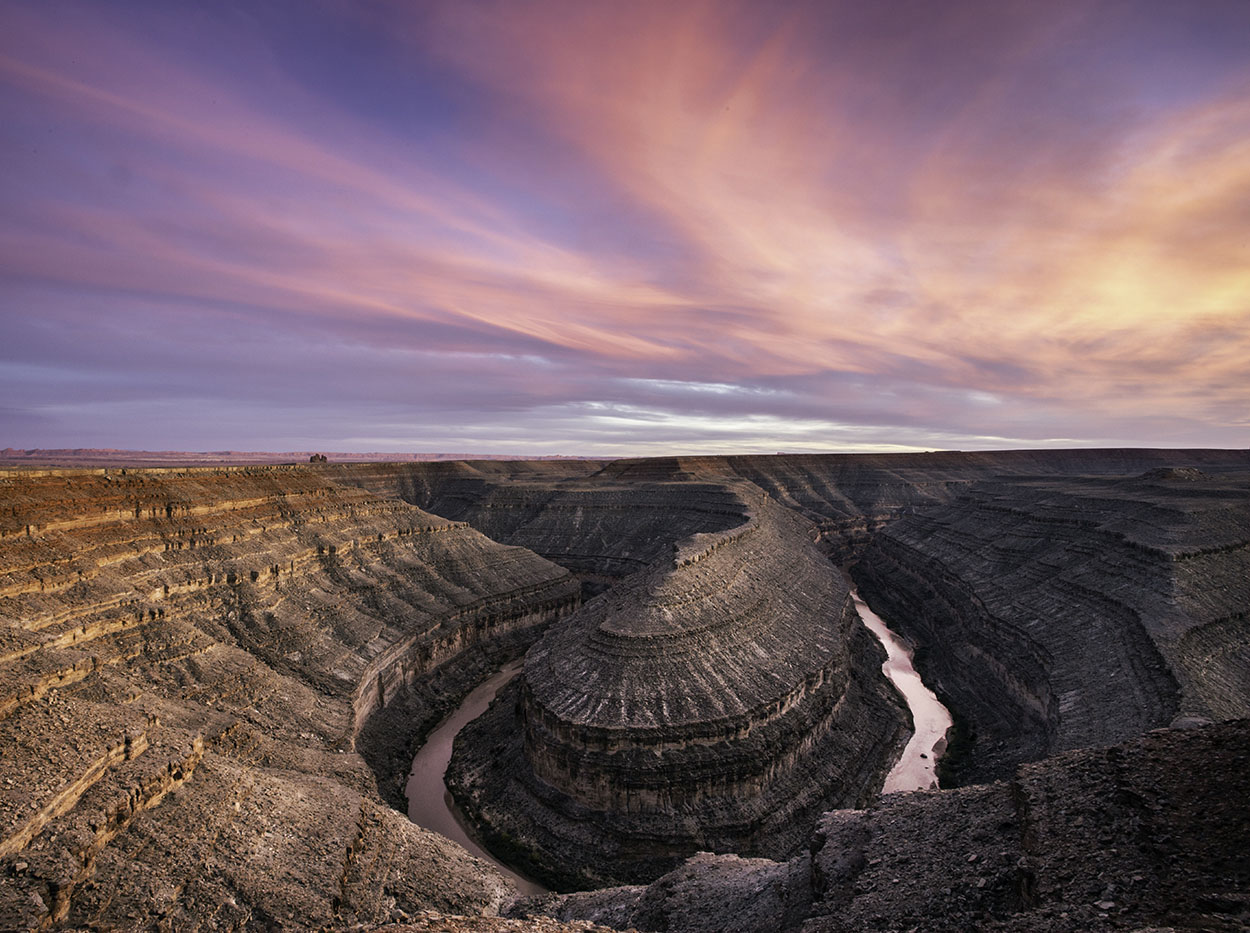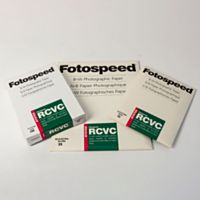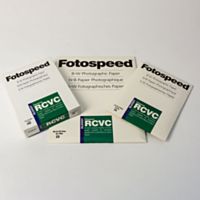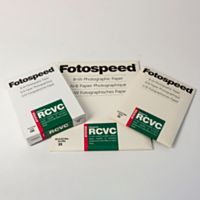Sunset & sunrise photography: Mastering landscapes in the rising and setting of the sun


As part of this month’s theme of ‘sunrise/sunset photography’, Ambassador Tony Worobeic showcases a range of his favourite sunrise and sunset photographs. He shares his knowledge and experience in planning, capturing, editing and printing these landscape photographs enabling you to better capture your own images. Take a look at some of Tony’s images as he discusses the various techniques and qualities of each while capturing them.

"Goosenecks, Utah"
Making the best use of the evening light
Without a doubt, photographing sunsets is one of the most popular subjects even with people who don't have a particular interest in photography. Walk along most promenades at this time of the year and you will pass countless people with their iPhones out staring in wonderment at the setting sun. It is often assumed that one needs to include the sun at this magical time of the day, but that is not necessarily the case. In this example, the setting sun increases the colours in the sky, which are reflected off the clouds. Evidently, your image can still look spectacularly beautiful even without the sun.

"Janesmoor pond, The New Forest"
Photographing a sunset whilst looking directly into the sun
This is perhaps the most challenging aspect of photographing at sunset. One would never normally attempt to include the sun in the daytime, and whilst its brightness is substantially reduced at sunset, one can nevertheless encounter problems regarding excessive contrast. This photograph was shot just minutes before the sun disappeared below the horizon. The thin cloud served as a "filter" that diffused the bright sun. Moreover, if you wish to include the setting sun in landscape work, it certainly helps to photograph near water, as it serves as a reflector helping to ensure a good exposure balance between the foreground and the sky.

"Field of opium poppies, Morden, Dorset".
Considering the foreground when shooting a sunset
This is my most recent "sunset-shot" taken just a few weeks ago and illustrates a beautiful field of poppies. It is always challenging to capture landscapes directly into the setting sun. What made this example easier to capture is that the poppies are very light in colour. Even then I had certain technical issues that I needed to overcome. One of which was that the exposure differential between the sky and the field in the foreground was beyond the normal capacity of the camera. So in this instance, I balanced it up by using a Lee Graduated filter. If you do not own such filters, but use Lightroom, you should be able to make a gradient selection of either the foreground or sky and then adjust the exposure accordingly.

"Factory Butte pre-dawn"
Timing: When exactly is sunrise?
Whilst shooting sunsets is undeniably a very popular landscape genre, it is surprising just how many "landscape photographers" can rarely, if ever, be bothered to get up early and shoot at sunrise. Which is a pity because, in my opinion, that really is the most photogenic time of the day. One assumes that "sunrise" is that moment the sun begins to appear on the horizon, but the landscape can appear fabulously lit, up to an hour before the sun actually emerges. As dawn gradually develops, the area of sky where the sun eventually emerges begins to glow a golden orange which bathes the entire landscape.
From a photographic standpoint, not only is this an exceptionally beautiful time of day, but contrast will also be wonderfully contained. In this example, taken 40 minutes before sunrise, the lighting on the distant butte is a consequence of the glow in the sky heralding the soon to emerge sun.

The phenomenon of the Venus Belt
If you were to look at this image, you can’t really tell whether it was taken at sunrise or sunset. It was, however, captured at sunrise – only with my back to where the sun was rising! Novices to landscape photography will naturally assume that one should always point the camera towards the rising or setting sun, as that is where the drama appears most apparent. However if you turn your back to where the sun will rise or where it has set, you will notice a beautiful visual phenomenon known as the Venus Belt, which is characterised by the cerulean blue/magenta bloom in the sky.
There is another great reason for turning your back to the rising sun. The area of sky where the sun will eventually emerge is by far the brightest part of the sky and serves rather like a light-box in the sky. The area of sky directly opposite will prove to be the darkest part of the sky which of course helps with the exposure balance. But most importantly, as the brightest part of the sky is directly behind you, it serves to illuminate the foreground directly in front of you, which greatly minimises any potential exposure difficulties. In this example no filters were used, nor was I required to make any alteration post capture.

Pre-dawn mist magic
Another feature that is missed by those who are not willing to get up early are the beautiful pre-dawn mists. It is surprising just how common these can be. In this example, taken in the Utah desert, I directed the camera towards the lightest part of the sky. This created a wonderful element of backlighting, not only on the rising mist, but also on the line of weeds in the foreground. One word of caution, don't expect to see mists like this after the sun has risen as they’re very quickly burnt off by the increasing temperature.
Having woken up early to shoot pre-dawn, you owe it to yourself to print your newly acquired "masterpiece" on a paper that reveals the delicate highlights one is able to capture in these conditions and yet still retain beautiful shadow detail. In my experience Fotospeed's Platinum Baryta 300 immediately comes to mind. It is a Fine Art paper with a smooth unglazed gloss surface that handles these lighting conditions particularly well.
--
For more tips and tricks, check out Fotospeed’s YouTube channel and sign up to the newsletter.
You can read more about Tony and his work here.










